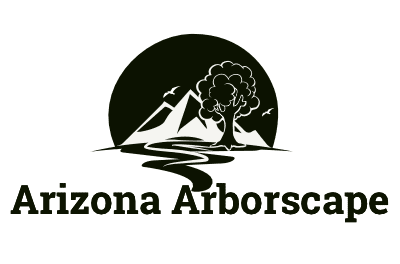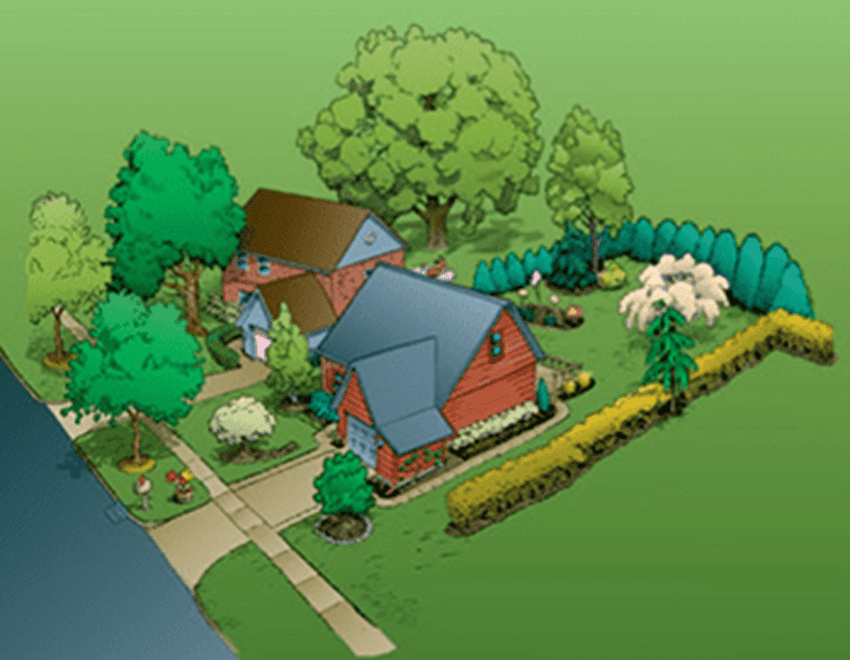
Human response to trees goes well beyond simply observing their beauty. We feel serene, peaceful, restful, and tranquil in a grove of trees. We are “at home” there.
The calming effect of nearby trees and urban greening can significantly reduce workplace stress levels and fatigue, calm traffic, and even decrease the recovery time needed after surgery. Trees can also reduce crime. Apartment buildings with high levels of green space have lower crime rates than nearby apartments without trees.
The stature, strength, and endurance of trees give them a cathedral-like quality. Because of their potential for long life, trees are frequently planted as living memorials. We often become personally attached to trees that we, or those we love, have planted.
The strong tie between people and trees is often evident when community residents speak out against the removal of trees to widen streets or rally to save particularly large or historic trees.
Communal Benefits
Even when located on a private lot, the benefits provided by trees can reach well out into the surrounding community. Likewise, large-growing trees can come in conflict with utilities, views, and structures that are beyond the bounds of the owner’s property. With proper selection and maintenance, trees can enhance and function on one property without infringing on the rights and privileges of neighbors.
Trees often serve several architectural and engineering functions. They provide privacy, emphasize views, or screen out objectionable views. They reduce glare and reflection. They direct predestination traffic. Trees also provide a background to soften, complement, or enhance architecture.
Trees bring natural elements and wildlife habitats into urban surroundings, all of which increase the quality of life for residents of the community.
Environmental Benefits
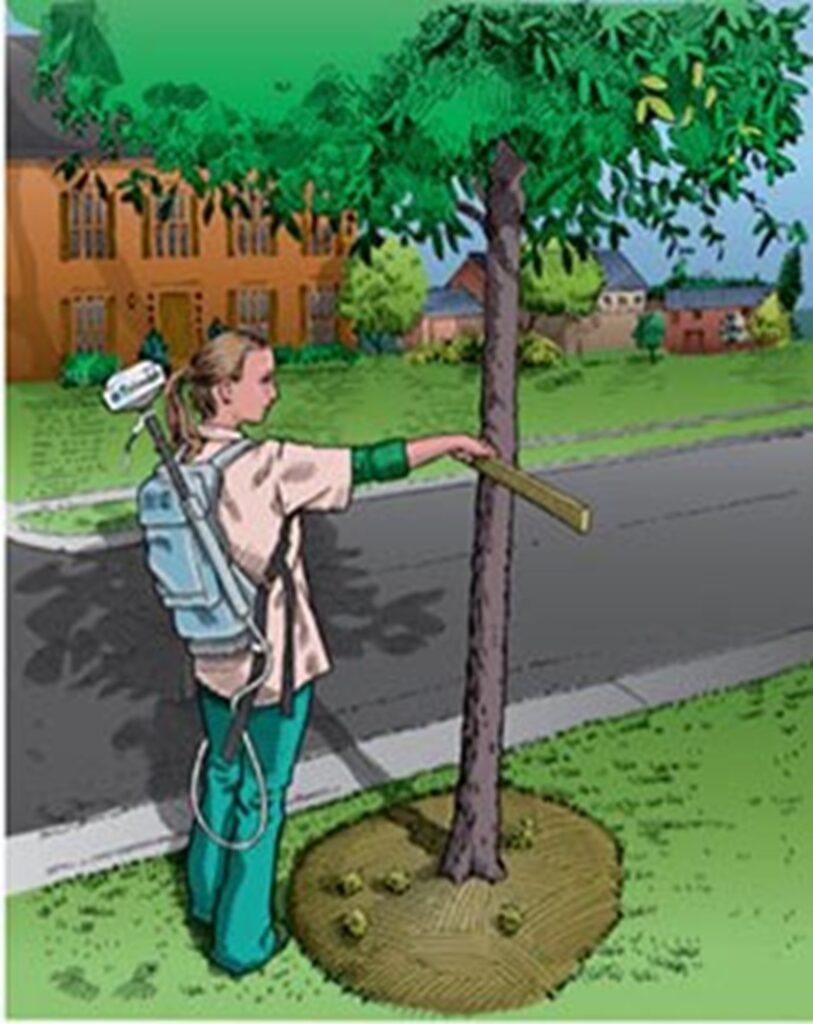
Trees alter the environment in which we live by moderating climate, improving air quality, reducing stormwater runoff, and harboring wildlife. Local climates are moderated by extreme sun, wind, and rain. Radiant energy from the sun is absorbed or deflected by leaves on deciduous trees in the summer and is only filtered by branches of deciduous trees in winter. The larger the tree, the greater the cooling effect. By using trees in the cities, we can moderate the heat-island island effect caused by pavement and buildings in commercial areas.
Trees affect wind speed and direction. The more compact the foliage on the tree or group of trees, the more effective the windbreak. Rainfall, sleet, and hail are absorbed or slowed by trees, providing some protection for people, pets, and buildings. Trees intercept water, store some of it, and reduce stormwater runoff.
Air quality is improved through the use of trees, shrubs, and turf. Leaves absorb the greenhouse gas carbon dioxide during photosynthesis and store carbon as growth. Leaves also absorb other air pollutants—such as ozone, carbon monoxide, and sulfur dioxide—and release oxygen.
By planting trees and shrubs, we return developed areas to a more natural environment that is attractive to birds and wildlife. Ecological cycles of plant growth, reproduction, and decomposition are again present, both above and below ground. Natural harmony is restored to the urban environment.
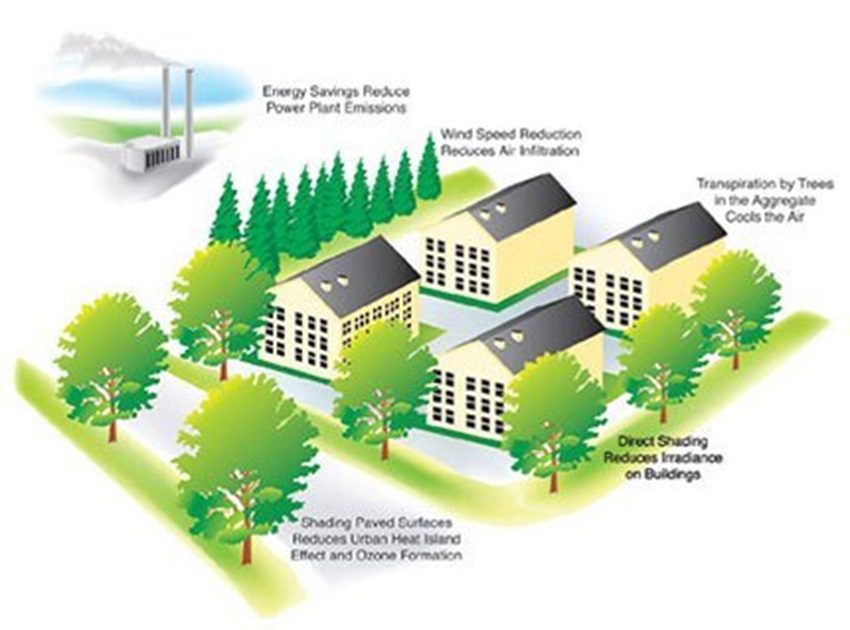
Economic Benefits
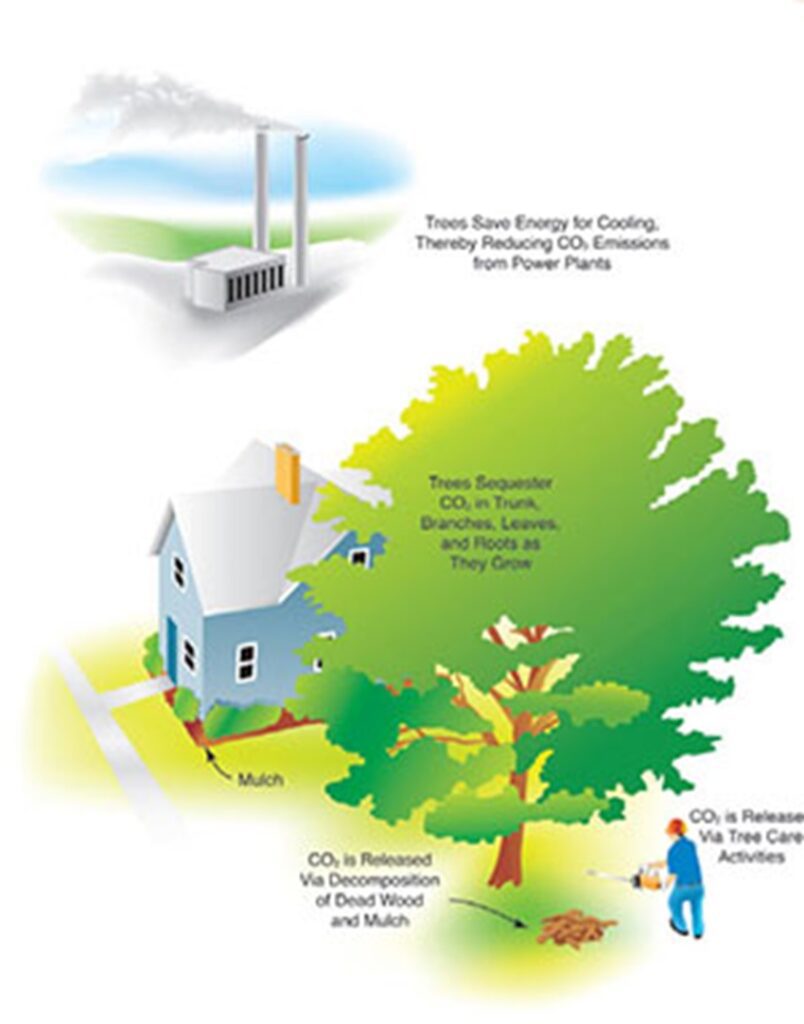
Property values of landscaped homes are 5 to 20 percent higher than those of non-landscaped homes.
Individual trees and shrubs have value, but the variability of species, size, condition, and function makes determining their economic value difficult. The economic benefits of trees are both direct and indirect.
Direct economic benefits are usually associated with energy costs. Air-conditioning costs are lower in a tree-shaded home. Heating costs are reduced when a home has a windbreak.
Trees increase in value as they grow. Trees, a part of a well-maintained landscape, can add value to your home.
The indirect economic benefits of trees are even greater. Customers pay lower electricity bills when power companies build fewer new facilities to meet peak demands, use reduced amounts of fossil fuel in their furnaces, and use fewer measures to control air pollution. Communities can also save money if fewer facilities must be built to control stormwater in the region. To the individual, these savings may seem small, but reductions in these expenses are often substantial for the community as a whole.
Trees Require an Investment
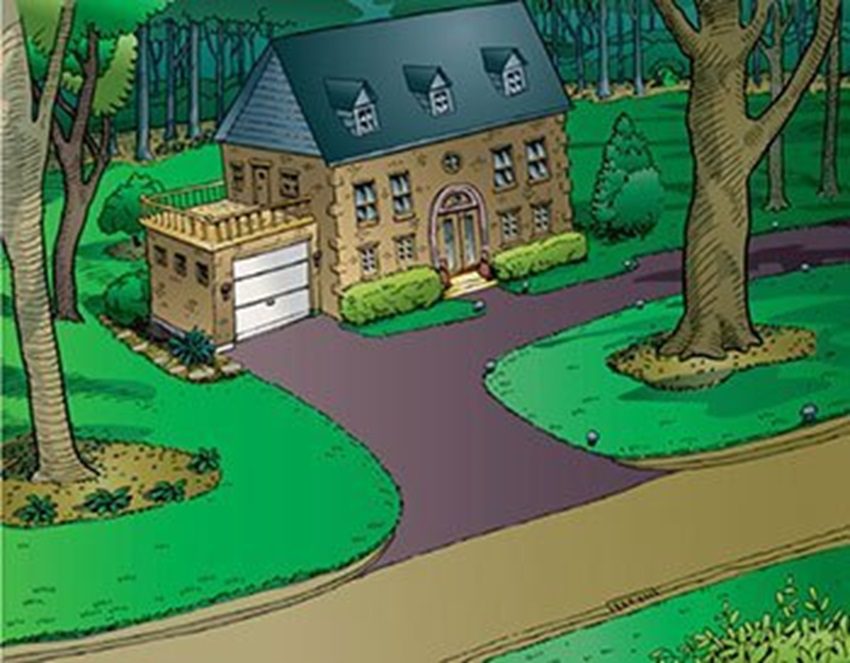
Trees provide numerous aesthetic and economic benefits but also incur some costs. Investing in a tree’s maintenance will help to return the benefits you desire. The costs associated with large tree removal and replacement can be significant. In addition, the economic environmental benefits produced by a young replace tree are minimal when compared to those of a mature specimen. Extending the functional lifespan of large, mature trees with routine maintenance can delay these expenses and maximize returns.
An informed homeowner can be responsible for many tree maintenance practices. Corrective pruning and mulching give young trees a good start. Shade trees, however, quickly grow to a size that may require the services of a professional arborist. Arizona Arborscape has the knowledge and equipment needed to prune, treat, fertilize, and otherwise maintain a large tree. Arizona Arborscape can answer questions about tree maintenance and suggest treatments.

